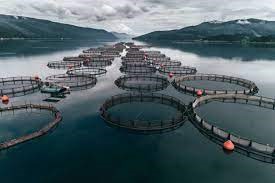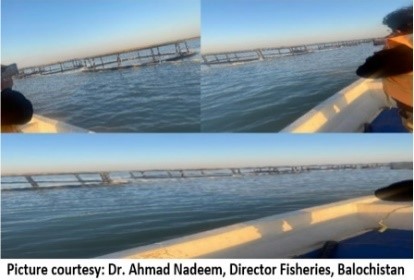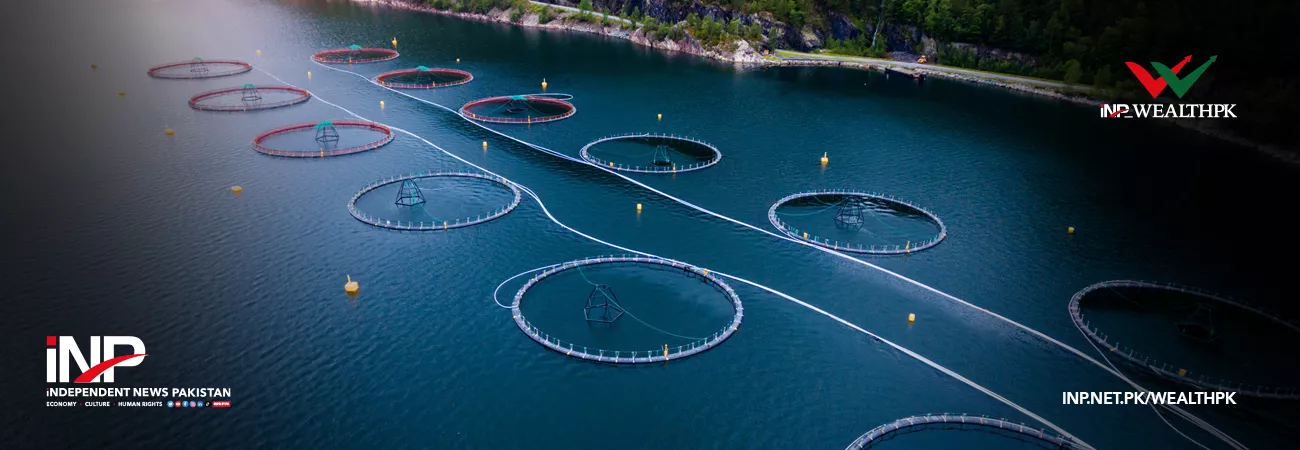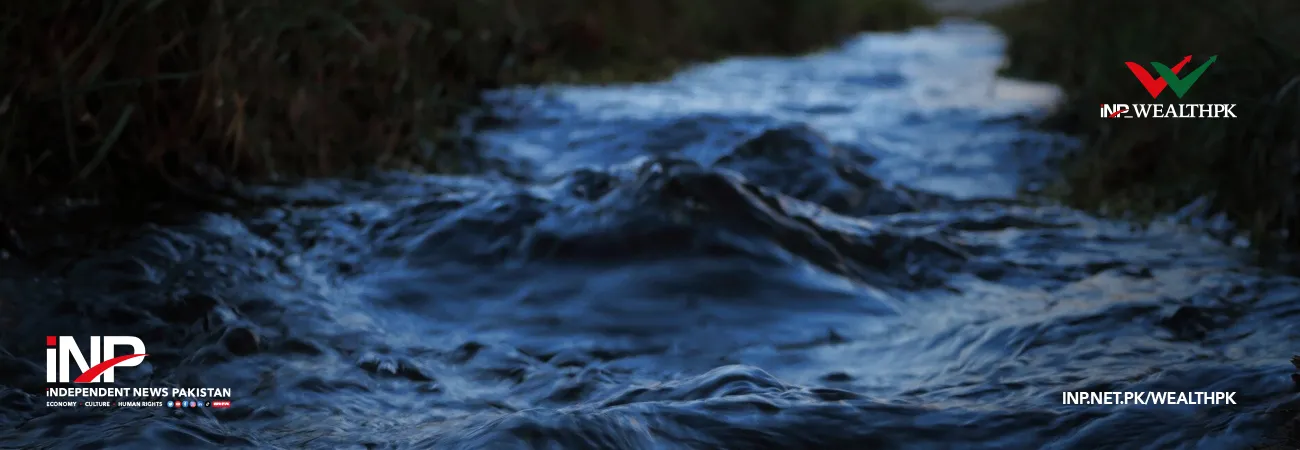INP-WealthPk
Faiza Tehseen
Cage fishing – practiced in many Asian and European countries on a large scale – needs to be popularized in Pakistan in view of depleting marine catch. The popularization of this practice will not only improve the country’s export level and meet the domestic needs but also help the country earn a handsome foreign exchange.

Talking to WealthPK, Director of Marine Fisheries, Lasbella, Balochistan Dr. Ahmad Nadeem said, “It is important to introduce cage fishing in Pakistan on a larger scale. Disastrous or illegal fishing is not only common in Pakistan, but also all over the world. Owing to many reasons, the marine catch is depleting gradually.” “To increase fish production, popularization of cage fishing is important.

Cages covering at least an area of a square mile, a hectare (107639 square feet), or ½ hectare (about 53,819 square feet) is more beneficial than the liberated catch. The cages can be installed in the sea, freshwater, dams, etc. It is extremely better to enhance production and rear a huge quantity (e.g. from 100 to 100,000) by limiting the fish to a fixed place. This also means limiting the chances of fish mortality or depletion due to any decrease,’’ he said. “From the larvae to fingerlings and up to the marketable size, cages of different mesh are used to grow the fish. Normally, three types of cages are used – primary, secondary and the chosen one. It is also easy to care for and feed the fish in the cage.
They can be fed in cages but they also get natural feed, such as zooplanktons from the water. The species of any specific environment flourish in the cage fixed in the same location,’’ added Dr Ahmad. Talking about the importance and popularization of cage fishing in Pakistan, Sindh Minister for Livestock and Fisheries Abdul Bari Pitafi told WealthPK, “A great number of people in Sindh are attached with the fish catching business to earn a livelihood.
They not only get their own food from water, but also keep the economic cycle active in the country.” “Cage fishing is not a well-known practice in the province but it is important to promote it. The main reason is that a variety of species, such as fish, prawns, lobsters, and crabs can be limited to a place to grow. In this way, the farmers can rear and market a great number of fishes for which they commonly have to cover long distances. If people start this culture in dams, lakes, and the sea belt, it will not only boost the market but also create new employment opportunities,’’ he said. Pitafi said the Sindh government was trying to provide subsidies and free training to improve this sector.
“It is also a part of our plan to popularize the cage fishing culture to improve the fishermen community’s economic condition,” he added. Discussing cage fishing with WealthPK, Director General of Fisheries Sindh Dr. Mir Allah Dad Talpur said, “Fish farming by erecting cages is an important part of sustainable fishing practices. It is easy to handle and is a source of increased production with less feed. In Sindh other than the marine belt, Keenjhar Lake is ideal to place fishing cages. Around the world, it is a regular exercise, but in Pakistan it still needs introduction and awareness.
Cage culture is a good farming and both the government and private bodies should mutually work on it. For the socio-economic development of people related to this sector, it is important to adopt this secure way to grow and market the fish. It will help improve our economy and exports and fulfil the country’s own food requirement,” he said. About 600,000 people are directly or indirectly attached to the fisheries business in Pakistan. They solely depend on this sector to earn a livelihood. Cage fishing is a sustainable aspect and it is important to train the people for its popularization. Since seafood demand is increasing in the world, it is important for Pakistan to also get its due share in the international market by increasing fish production.
Credit: Independent News Pakistan-WealthPk






